Goalkeeping is one of the most crucial and demanding positions in soccer.
It requires a unique blend of skills, including agility, reflexes, decision-making, and communication.
Effective training is essential for goalkeepers to develop these skills and perform at their best.
In this comprehensive guide, we’ll explore various soccer drills specifically designed for goalkeepers to improve their performance and help them become more effective on the field.
1. The Importance of Goalkeeper Drills
Goalkeeper drills are designed to enhance specific aspects of a goalkeeper’s game, including:
- Shot Stopping: Developing the ability to save shots from various angles and distances.
- Distribution: Improving accuracy and distance when distributing the ball to teammates.
- Footwork: Enhancing agility and positioning to quickly adapt to different situations.
- Handling: Perfecting the technique of catching, holding, and controlling the ball.
- Communication: Building skills to effectively organize the defense and command the penalty area.
2. Essential Soccer Drills for Goalkeepers
a. Shot Stopping Drills
i )Basic Shot Stopping
- Setup: Have a coach or teammate take shots from different angles and distances.
- Execution: Focus on positioning, diving technique, and making clean saves.
- Progression: Increase the speed and power of shots as the goalkeeper improves.
ii)1v1 Situation
- Setup: Create a scenario where the goalkeeper faces a single attacker with the ball.
- Execution: Emphasize closing down the attacker, maintaining a strong stance, and making a decisive save.
- Progression: Introduce variations such as different types of attackers or pressure situations.
iii) Reaction Saves
- Setup: Use a rebounder or wall to simulate unpredictable shots.
- Execution: React quickly to the ball coming off the rebounder or wall, focusing on quick reflexes and proper positioning.
- Progression: Increase the difficulty by adjusting the speed and angle of rebounds.
b. Distribution Drills
i)Goalkeeper Passing
- Setup: Set up targets or teammates at various distances.
- Execution: Practice short and long passes, focusing on accuracy and power.
- Progression: Include moving targets or apply pressure to simulate game conditions.
ii) Throwing Techniques
- Setup: Use a wall or a partner to practice different throwing techniques (overhead, side, and underarm throws).
- Execution: Work on accuracy, distance, and proper technique.
- Progression: Incorporate moving targets or simulate throws under pressure.
iii) Goal Kicks
- Setup: Practice goal kicks from various positions on the field.
- Execution: Focus on accuracy, distance, and the ability to place the ball strategically.
- Progression: Add pressure by simulating game situations with opposing players closing in.
c. Footwork Drills
i) Cone Drills
- Setup: Arrange cones in a zigzag pattern or other formations.
- Execution: Perform quick lateral movements and changes of direction, focusing on agility and balance.
- Progression: Increase the number of cones or add ball control elements.
ii) Agility Ladder Drills
- Setup: Use an agility ladder on the ground.
- Execution: Perform various footwork patterns (e.g., quick feet, lateral steps) to enhance speed and coordination.
- Progression: Incorporate ball control or specific goalkeeper movements.
iii) Shuttle Runs
- Setup: Mark out distances on the field.
- Execution: Perform shuttle runs to improve stamina and foot speed.
- Progression: Add changes in direction or incorporate ball handling.
d. Handling Drills
i) Catching and Holding
- Setup: Have a coach or teammate deliver balls at various heights and speeds.
- Execution: Focus on proper catching techniques and securing the ball.
- Progression: Increase the speed and unpredictability of the balls.
ii) High Balls
- Setup: Use a partner or a coach to deliver high balls into the penalty area.
- Execution: Practice timing, positioning, and handling high balls effectively.
- Progression: Include pressure from attacking players or simulate game scenarios.
iii) Low Balls
- Setup: Practice diving and handling low balls close to the ground.
- Execution: Focus on proper diving technique and securing the ball.
- Progression: Increase the speed and unpredictability of the low balls.
e. Communication Drills
i) Organizing the Defense
- Setup: Simulate defensive situations with attacking players.
- Execution: Practice communicating with defenders to organize the defensive line and manage the penalty area.
- Progression: Increase the complexity by adding more attackers or pressure.
ii) Calling for the Ball
- Setup: Incorporate passing drills where goalkeepers call for the ball.
- Execution: Emphasize clear and assertive communication.
- Progression: Simulate game situations with multiple players involved.
iii) Decision-Making
- Setup: Create scenarios where the goalkeeper must make quick decisions (e.g., when to come off the line, when to play the ball).
- Execution: Practice making effective decisions and communicating them to teammates.
- Progression: Increase the speed and complexity of the scenarios.
3. Integrating Drills into Training Sessions
To maximize the effectiveness of these drills, consider the following tips:
- Warm-Up Properly: Begin each session with a thorough warm-up to prevent injuries and prepare the body for intense activity.
- Focus on Technique: Prioritize proper technique in each drill to ensure skill development and minimize the risk of injury.
- Gradual Progression: Start with basic drills and gradually increase the difficulty as the goalkeeper improves.
- Incorporate Game Scenarios: Include drills that simulate game situations to prepare goalkeepers for real match conditions.
- Provide Constructive Feedback: Offer feedback on performance and areas for improvement to help goalkeepers refine their skills.
4. Sample Goalkeeper Training Session
Warm-Up (10 minutes)
- Light jogging and dynamic stretching
- Medicine ball passing drills
Main Drills (30 minutes)
- Shot Stopping Drill: 3 sets of 10 shots from different angles
- Distribution Drill: 3 sets of 10 passes and throws
- Footwork Drill: 5 minutes of cone drills and agility ladder exercises
- Handling Drill: 3 sets of 10 high balls and low balls
Cool-Down (10 minutes)
- Gentle stretching focusing on the shoulders, legs, and back
- Light jogging or walking to lower heart rate
Conclusion
Incorporating these soccer drills into your goalkeeper training routine can lead to significant improvements in performance and skill development.
By focusing on shot stopping, distribution, footwork, handling, and communication, goalkeepers can enhance their ability to make crucial saves, distribute the ball effectively, and organize the defense.
Regular practice and dedication to these drills will help goalkeepers become more confident, skilled, and impactful on the field.
Embrace the opportunity to refine your goalkeeping techniques, and watch as your performance reaches new heights.
I would greatly appreciate if you can share your thoughts and experiences about this topic. Do not hesitate to leave your message in the comment section below.
Happy training
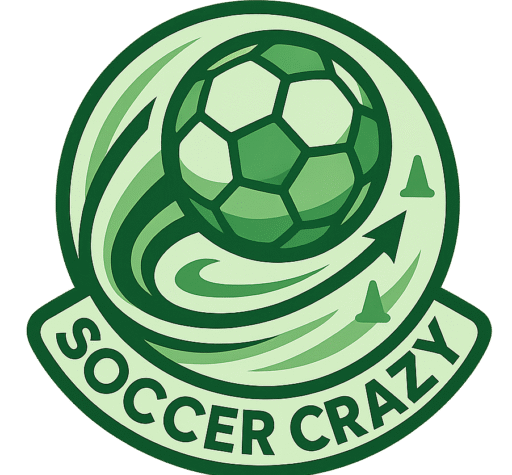

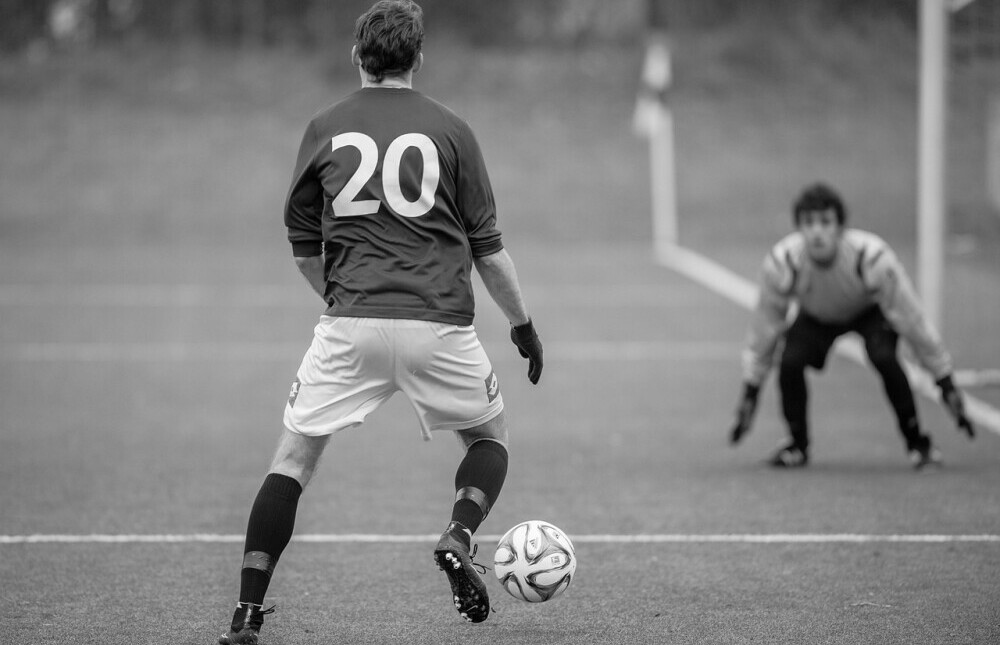
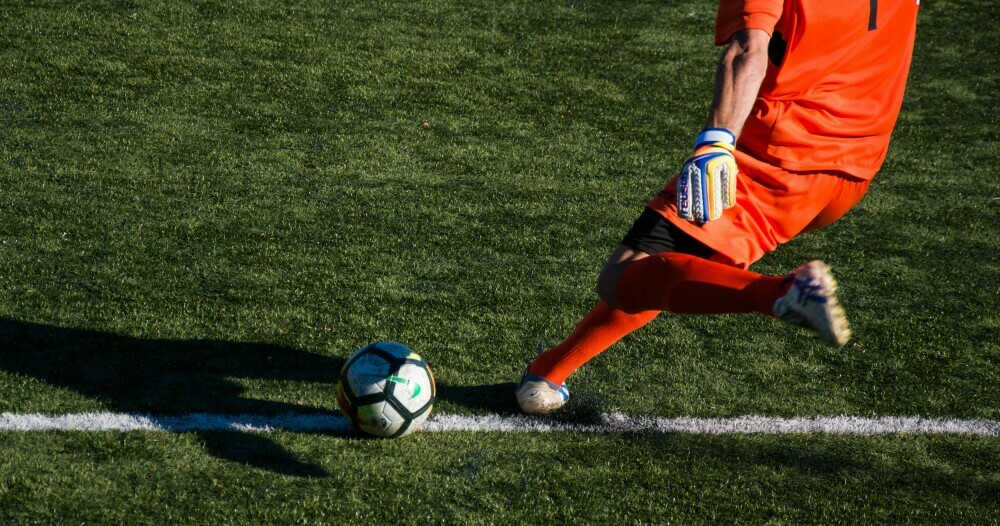
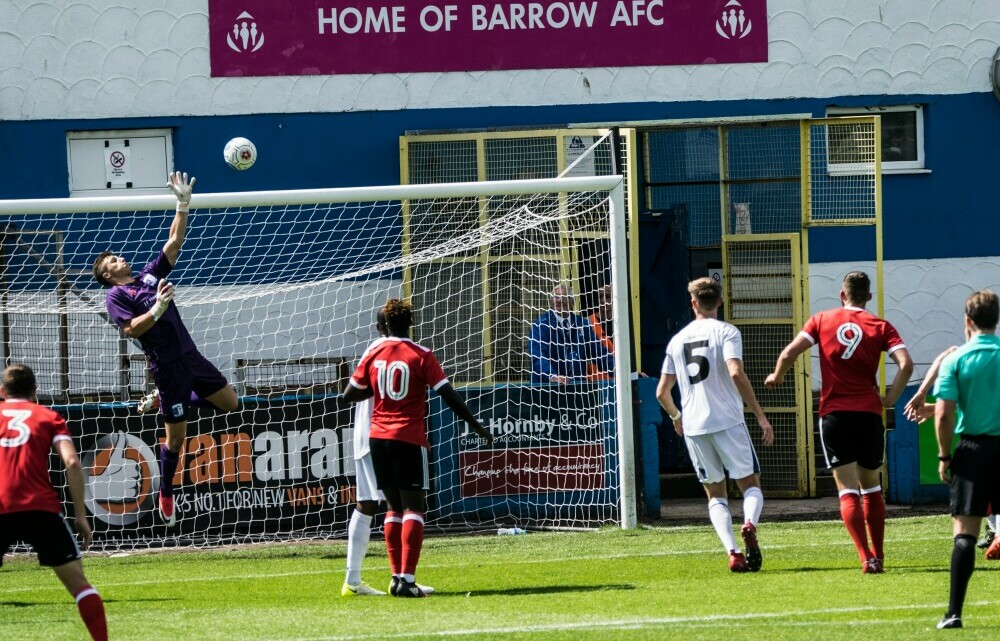
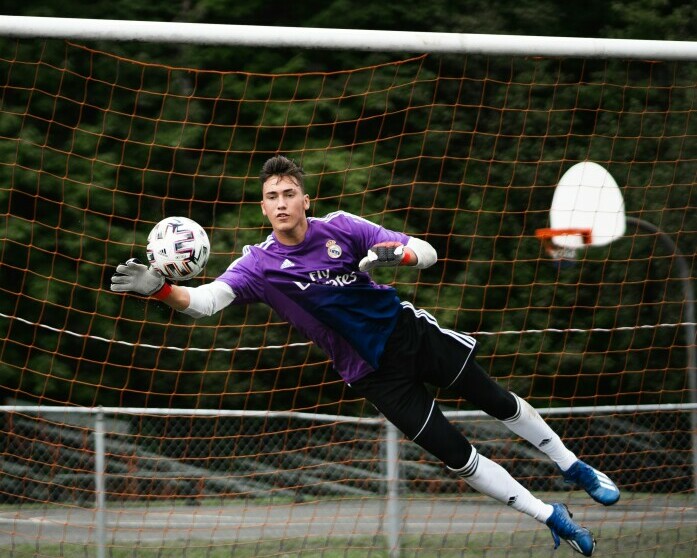
Hello Raymond. I enjoyed reading your post. I only wish that I had the energy for soccer. My grandkids played on soccer teams in school, and just watching them run back and forth wore me out. I found your website to be very informative and interesting. Your passion for soccer is inspiring in that it makes for a great niche market here at WA. I want to wish you the best of luck. Keep up the great posts as I will visit again soon.
Thank you very much Walter for your kind comment. Yes if you have grandkids who love soccer then you are in trouble. There is so much to do to nurture them to be great players one day. Keep on supporting them. Thank you again for your encouragement. This is my first website and I want it to be a successful business.